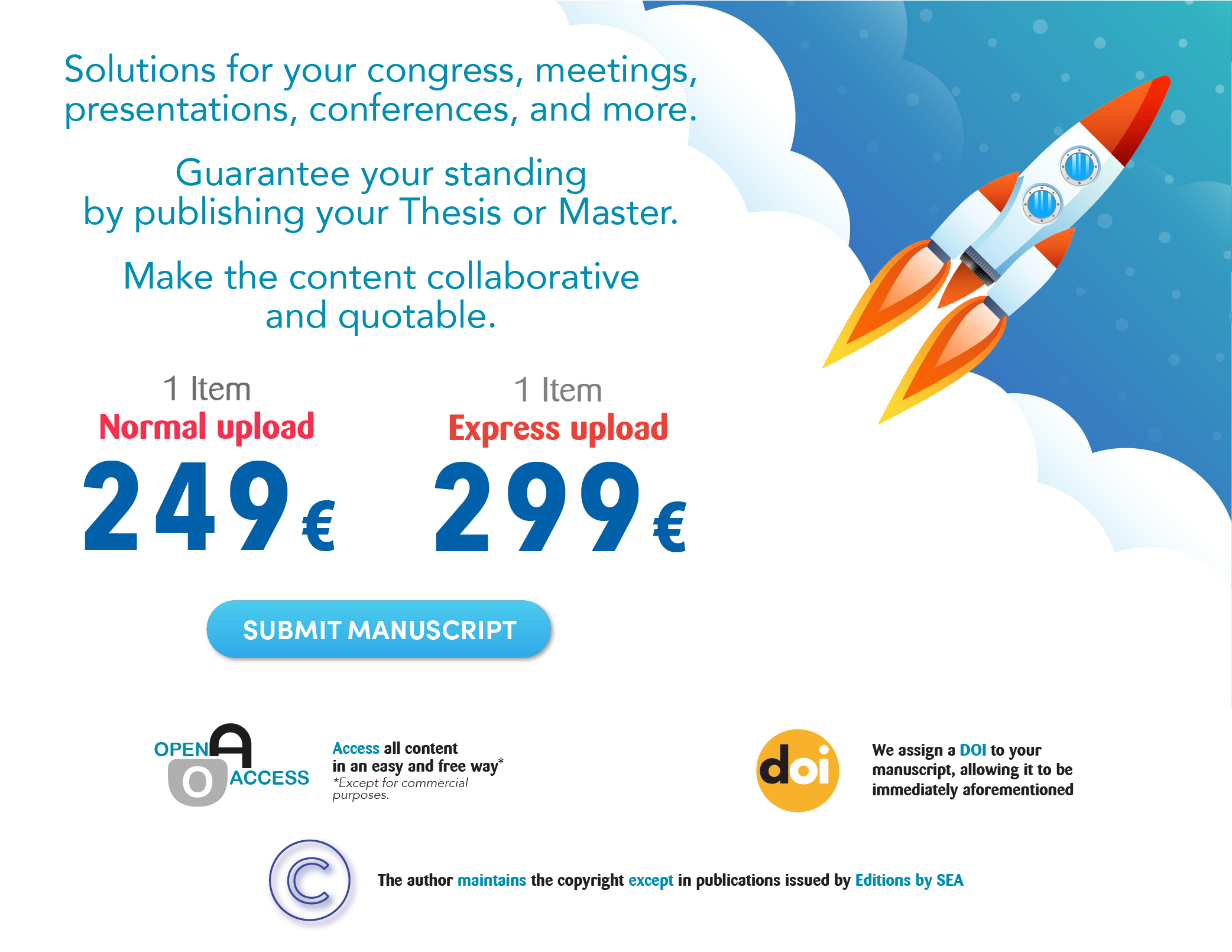Scientific update on recovery after an anterior cruciate ligament injury
Actualización científica de la recuperación tras una lesión de ligamento cruzado anterior
Authors: Luis Llurda Almuzara
Keywords: Anterior cruciate ligament. Strength. Prevention. Screening
Keywords: Ligamento cruzado anterior. Fuerza. Prevención. Screening
Abstract: Anterior cruciate ligament injury affects 1.12 per 10000 athlete exposures. Furthermore, after recovery, the risk of re-injury is very high, with risk factors such as not following return-to-sport criteria and not performing proper rehabilitation being some of the most prominent. One of the most common questions after an ACL injury is whether or not surgical reconstruction is required. The scientific evidence so far does not establish significant differences between conservative treatment and reconstruction. However, there are a number of specific tests that can provide relevant information as to whether we are dealing with a “good responder”, a “poor responder” or a “potential responder”, which can help in making decisions regarding surgical intervention or conservative treatment. The current scientific evidence does not support the return to sport before six months after competition, but the clinical practice guidelines propose a recovery time between 9 and 12 months, being possible to extend this recovery up to 24 months due to the biological recovery times of the anterior cruciate ligament reconstruction. Even so, what all clinical practice guidelines support is that the return to sport and the change in the different phases of recovery should be guided and governed by achieving a series of clinical criteria and not only by the time elapsed. Clinical practice guidelines divide recovery after an ACL injury into four phases: prehabilitation, early phase, intermediate phase and advanced phase. In the prehabilitation phase, the aim should be to recover edema, achieve full knee extension and strength symmetry between the two legs of more than 80%. In the early phase, the physiotherapeutic goals should be to significantly reduce pain and edema, achieve full range of motion of knee flexion and extension, achieve good recruitment of quadriceps fibers and a normal gait pattern. In the intermediate phase, the objectives should be aimed at achieving 80% strength symmetry in knee extension between the two extremities, improving the strength of the muscles involved in the joints adjacent to the knee and achieving optimal quality of movement in movements such as the single leg squat or running. Finally, in the advanced phase of recovery, the objectives should be aimed at recovering explosive strength and quality of movement in more complex situations such as a change of direction.
Abstract : La lesión de ligamento cruzado anterior afecta a 1,12 por cada 10000 exposiciones del atleta. Además, tras su recuperación, el riesgo de relesión es muy elevado, con factores de riesgo como no seguir unos criterios de return-to-sport y no realizar una rehabilitación correcta siendo varios de los más destacados. Una de las preguntas más comunes tras una lesión de LCA es si se precisa reconstrucción quirúrgica o no. La evidencia científica hasta el momento no establece diferencias significativas entre el tratamiento conservador y la reconstrucción. No obstante, existen una serie de test o pruebas específicas que pueden dar información relevante en cuanto a si estamos frente a un “buen respondedor”, un “mal respondedor” o un “potencial respondedor”, lo cual puede ayudar a la toma de decisiones en cuanto a la intervención quirúrgica o tratamiento conservador. La evidencia científica actual no apoya la vuelta al deporte antes de los seis meses tras la competición, sino que las guías de práctica clínica proponen un tiempo de recuperación entre 9 y 12 meses, siendo posible alargar esta recuperación hasta los 24 meses debido a los tiempos biológicos de recuperación de la reconstrucción de ligamento cruzado anterior. Aun así, lo que todas las guías de práctica clínica soportan es que la vuelta al deporte y el cambio en las diferentes fases de recuperación deben ir guiados y regidos por conseguir una serie de criterios clínicos y no únicamente por el tiempo transcurrido. Las guías de práctica clínica dividen la recuperación tras una lesión de ligamento cruzado anterior en cuatro fases: prehabilitación, fase temprana, fase intermedia y fase avanzada. En la fase de prehabilitación el objetivo tiene que ser recuperar el edema, conseguir la extensión completa de rodilla y una simetría de fuerza entre las dos piernas superior al 80%. En la fase temprana, los objetivos a nivel fisioterapéutico deben ser disminuir notablemente el dolor y el edema, conseguir un rango de movimiento completo de flexión y extensión de rodilla, conseguir un buen reclutamiento de fibras del cuádriceps y un patrón de marcha normal. En la fase intermedia los objetivos deben encaminarse a conseguir un 80% de simetría de fuerza en la extensión de rodilla entre las dos extremidades, mejorar la fuerza de los músculos protagonistas de las articulaciones adyacentes a la rodilla y conseguir una óptima calidad de movimiento en movimientos como el single leg squat o la carrera. Por último, en la fase avanzada de la recuperación los objetivos deben encaminarse a recuperar la fuerza explosiva y la calidad de movimiento en situaciones más complejas como puede ser un cambio de dirección.
08-12-2024
Luis Llurda Almuzara
0 Comments
| Citation: Luis Llurda Almuzara. Actualización científica de la recuperación tras una lesión de ligamento cruzado anterior. https://doi.org/10.24175/sbd.2024.000072 |
| Received: December 08, 2024 Accepted: December 08, 2024 Published: December 08, 2024 |
| Copyright: © 2024 Luis Llurda Almuzara. This is an open access article distributed under the terms of the Creative Commons Attribution License (CC BY-NC), which allows, distribution, reproduction in any medium, provided the original author and source are credited and non-commercial use. |
| Funding: |
| Conflicts of Interest: |
Actualización científica de la recuperación tras una lesión de ligamento cruzado anterior
Luis Llurda Almuzara
Fisioterapeuta. Doctor en Ciencias de la Salud. Investigador en fisioterapia deportiva.
Contacto: luis.llurda@euneiz.com
Palabras clave: Ligamento cruzado anterior, Fuerza, Prevención, Screening.
Resumen
La lesión de ligamento cruzado anterior afecta a 1,12 por cada 10000 exposiciones del atleta. Además, tras su recuperación, el riesgo de relesión es muy elevado, con factores de riesgo como no seguir unos criterios de return-to-sport y no realizar una rehabilitación correcta siendo varios de los más destacados.
Una de las preguntas más comunes tras una lesión de LCA es si se precisa reconstrucción quirúrgica o no. La evidencia científica hasta el momento no establece diferencias significativas entre el tratamiento conservador y la reconstrucción. No obstante, existen una serie de test o pruebas específicas que pueden dar información relevante en cuanto a si estamos frente a un "buen respondedor", un "mal respondedor" o un "potencial respondedor", lo cual puede ayudar a la toma de decisiones en cuanto a la intervención quirúrgica o tratamiento conservador.
La evidencia científica actual no apoya la vuelta al deporte antes de los seis meses tras la competición, sino que las guías de práctica clínica proponen un tiempo de recuperación entre 9 y 12 meses, siendo posible alargar esta recuperación hasta los 24 meses debido a los tiempos biológicos de recuperación de la reconstrucción de ligamento cruzado anterior. Aun así, lo que todas las guías de práctica clínica soportan es que la vuelta al deporte y el cambio en las diferentes fases de recuperación deben ir guiados y regidos por conseguir una serie de criterios clínicos y no únicamente por el tiempo transcurrido.
Las guías de práctica clínica dividen la recuperación tras una lesión de ligamento cruzado anterior en cuatro fases: prehabilitación, fase temprana, fase intermedia y fase avanzada. En la fase de prehabilitación el objetivo tiene que ser recuperar el edema, conseguir la extensión completa de rodilla y una simetría de fuerza entre las dos piernas superior al 80%. En la fase temprana, los objetivos a nivel fisioterapéutico deben ser disminuir notablemente el dolor y el edema, conseguir un rango de movimiento completo de flexión y extensión de rodilla, conseguir un buen reclutamiento de fibras del cuádriceps y un patrón de marcha normal. En la fase intermedia los objetivos deben encaminarse a conseguir un 80% de simetría de fuerza en la extensión de rodilla entre las dos extremidades, mejorar la fuerza de los músculos protagonistas de las articulaciones adyacentes a la rodilla y conseguir una óptima calidad de movimiento en movimientos como el single leg squat o la carrera. Por último, en la fase avanzada de la recuperación los objetivos deben encaminarse a recuperar la fuerza explosiva y la calidad de movimiento en situaciones más complejas como puede ser un cambio de dirección.
Scientific update on recovery after an anterior cruciate ligament injury
Luis Llurda Almuzara
Physical therapist. Doctor in Health Sciences. Researcher in sports physiotherapy.
Contact: luis.llurda@euneiz.com
Keywords: Anterior cruciate ligament, Strength, Prevention, Screening.
Abstract
Anterior cruciate ligament injury affects 1.12 per 10000 athlete exposures. Furthermore, after recovery, the risk of re-injury is very high, with risk factors such as not following return-to-sport criteria and not performing proper rehabilitation being some of the most prominent.
One of the most common questions after an ACL injury is whether or not surgical reconstruction is required. The scientific evidence so far does not establish significant differences between conservative treatment and reconstruction. However, there are a number of specific tests that can provide relevant information as to whether we are dealing with a "good responder", a "poor responder" or a "potential responder", which can help in making decisions regarding surgical intervention or conservative treatment.
The current scientific evidence does not support the return to sport before six months after competition, but the clinical practice guidelines propose a recovery time between 9 and 12 months, being possible to extend this recovery up to 24 months due to the biological recovery times of the anterior cruciate ligament reconstruction. Even so, what all clinical practice guidelines support is that the return to sport and the change in the different phases of recovery should be guided and governed by achieving a series of clinical criteria and not only by the time elapsed.
Clinical practice guidelines divide recovery after an ACL injury into four phases: prehabilitation, early phase, intermediate phase and advanced phase. In the prehabilitation phase, the aim should be to recover edema, achieve full knee extension and strength symmetry between the two legs of more than 80%. In the early phase, the physiotherapeutic goals should be to significantly reduce pain and edema, achieve full range of motion of knee flexion and extension, achieve good recruitment of quadriceps fibers and a normal gait pattern. In the intermediate phase, the objectives should be aimed at achieving 80% strength symmetry in knee extension between the two extremities, improving the strength of the muscles involved in the joints adjacent to the knee and achieving optimal quality of movement in movements such as the single leg squat or running. Finally, in the advanced phase of recovery, the objectives should be aimed at recovering explosive strength and quality of movement in more complex situations such as a change of direction.





